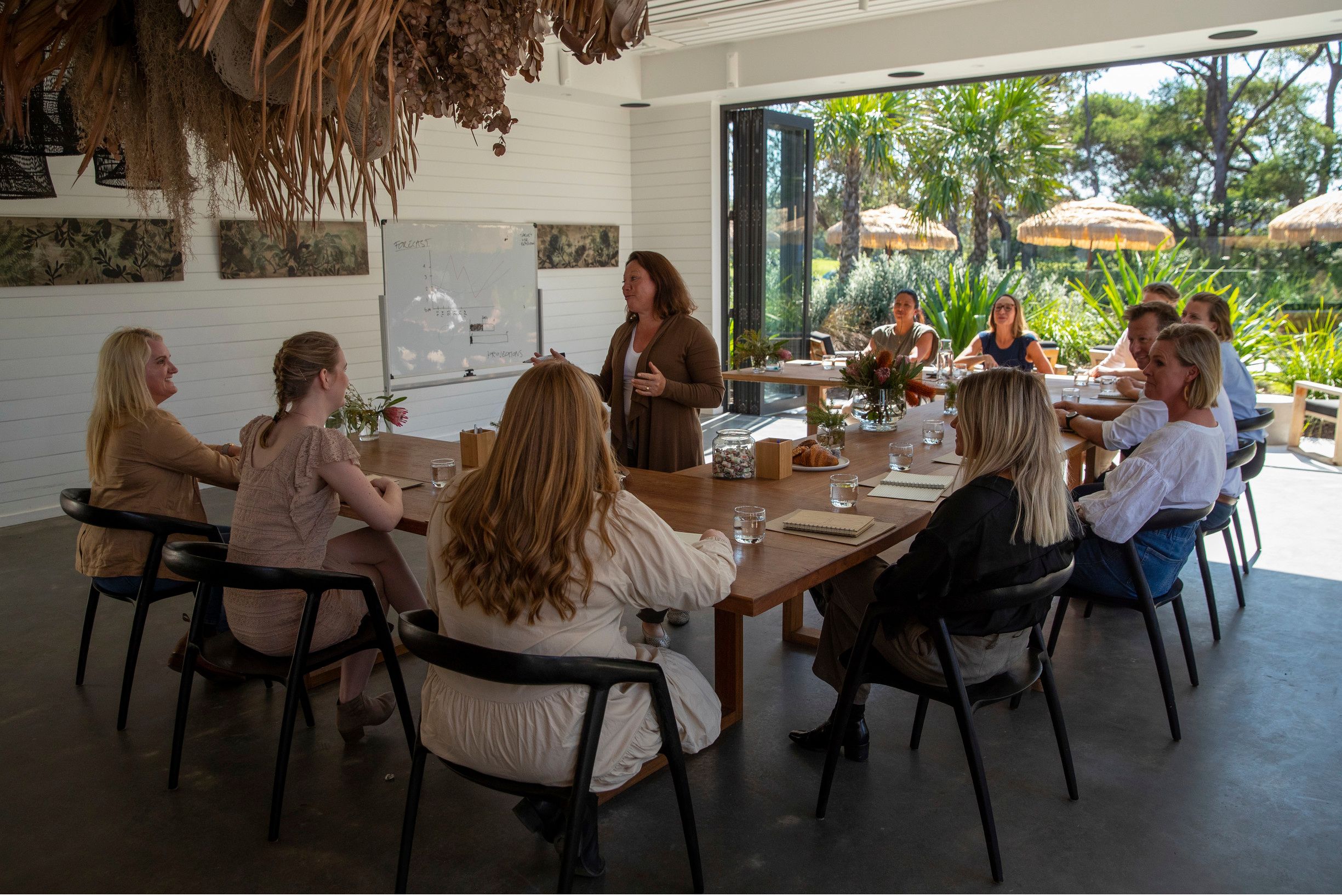The value of business events to NSW
In the year ended September 2024, there were 191,800 domestic overnight business event visitors to Sydney, who stayed 448,000 nights with an average length of stay for 2.3 nights.
There were 56,000 international business event visitors, who stayed 288,000 nights with an average length of stay for 5.1 nights.
Over a four-year period of year ending September 2019, and 2022-2024, there were an annual average of 121,100 domestic overnight business event visitors to regional NSW, who stayed 282,400 nights with an average length of stay for 2.3 nights.
Over a four-year period of YE September 2017-2019 and 2024, there were an annual average of 7500 international business event visitors to regional NSW, who stayed 37,500 nights with an average length of stay for five nights.
%20(1).jpg?rect=0,129,2449,1378&w=320&h=180&fit=min&auto=format)